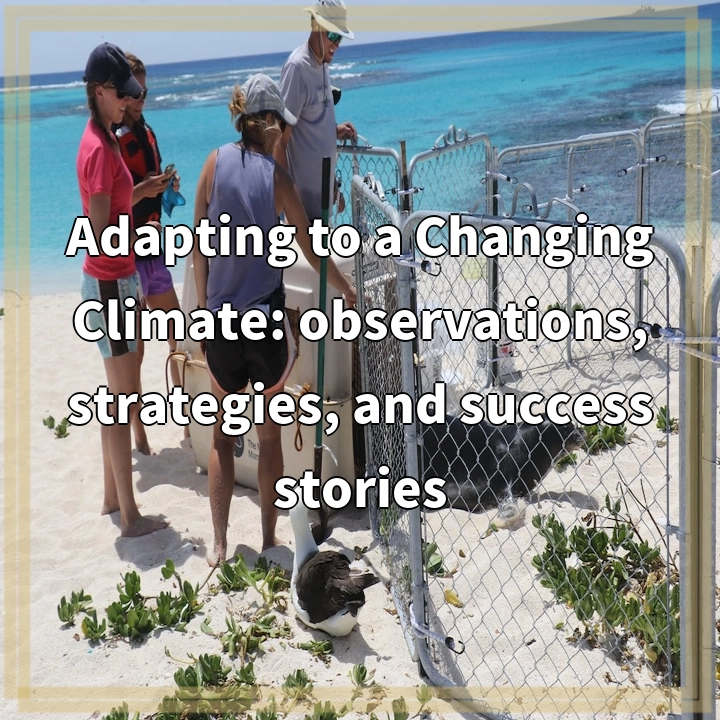
What is Adapting to a Changing Climate?
Adapting to a Changing Climate refers to the actions and strategies implemented to manage the impacts of climate change on various systems, including natural, social, and economic systems. It involves making adjustments in response to the changing climate conditions to minimize the negative effects and take advantage of any potential benefits.
Real-World Problems Associated with Adapting to a Changing Climate
While climate change adaptation is crucial, it comes with a set of real-world challenges and problems that need to be addressed:
1. Limited Resources:
Adapting to climate change requires substantial financial and human resources. Many communities, especially those in developing countries, lack the necessary resources to develop and implement adaptation measures effectively.
2. Inequity and Vulnerability:
The impacts of climate change disproportionately affect vulnerable populations, including low-income communities, indigenous peoples, and marginalized groups. These communities often face limited access to resources, education, healthcare, and infrastructure, making them more vulnerable to the adverse effects of climate change.
3. Uncertain Future:
Predicting the exact impacts and consequences of climate change on specific locations and systems is challenging. The uncertainty surrounding future climate scenarios and associated risks can make it difficult to formulate effective adaptation strategies.
4. Interconnectedness of Systems:
Climate change affects multiple interconnected systems, such as ecosystems, agriculture, water resources, and human settlements. Adapting to these changes requires considering the complex interactions between these systems, which can pose significant challenges for planning and implementation.
5. Policy and Governance:
The development and implementation of effective climate change adaptation policies require collaboration and coordination between various stakeholders, including government bodies, non-governmental organizations, and communities. Balancing different interests and priorities can present obstacles to effective decision-making and policy implementation.
Addressing these real-world problems associated with adapting to a changing climate is essential to ensure the successful implementation of adaptation measures and the protection of vulnerable communities and ecosystems.

Solutions for Adapting to a Changing Climate
1. Increased Funding and Resource Allocation:
Recognizing the importance of climate change adaptation, governments, international organizations, and private sectors should provide increased funding and resources to support adaptation projects. Accessible financing options and grants should be made available to vulnerable communities and countries with limited resources.
2. Social Equity and Vulnerability Considerations:
Adaptation planning and implementation should prioritize addressing the needs and vulnerabilities of marginalized communities. This involves conducting vulnerability assessments, engaging with the affected communities, and ensuring their active participation in decision-making processes.
3. Enhancing Future Climate Predictions:
Efforts should be made to improve climate modeling and predictions to provide more accurate and localized information about the future impacts of climate change. This will assist in the development of targeted adaptation strategies and enable effective planning.
4. Integrated Approaches and Cross-Sectoral Collaboration:
Addressing the interconnectedness of systems requires adopting integrated approaches to climate change adaptation. Collaboration between various sectors, such as agriculture, water management, and urban planning, is crucial to develop holistic and sustainable adaptation strategies.
5. Strengthening Policy and Governance Mechanisms:
Governments should establish strong policy frameworks that prioritize climate change adaptation and provide guidelines for implementation. Effective governance mechanisms, stakeholder engagement, and capacity-building initiatives are vital for the successful implementation of adaptation measures.
By implementing these solutions, we can enhance the effectiveness and efficiency of climate change adaptation efforts, ensuring that vulnerable communities and ecosystems are better equipped to cope with the challenges of a changing climate.















